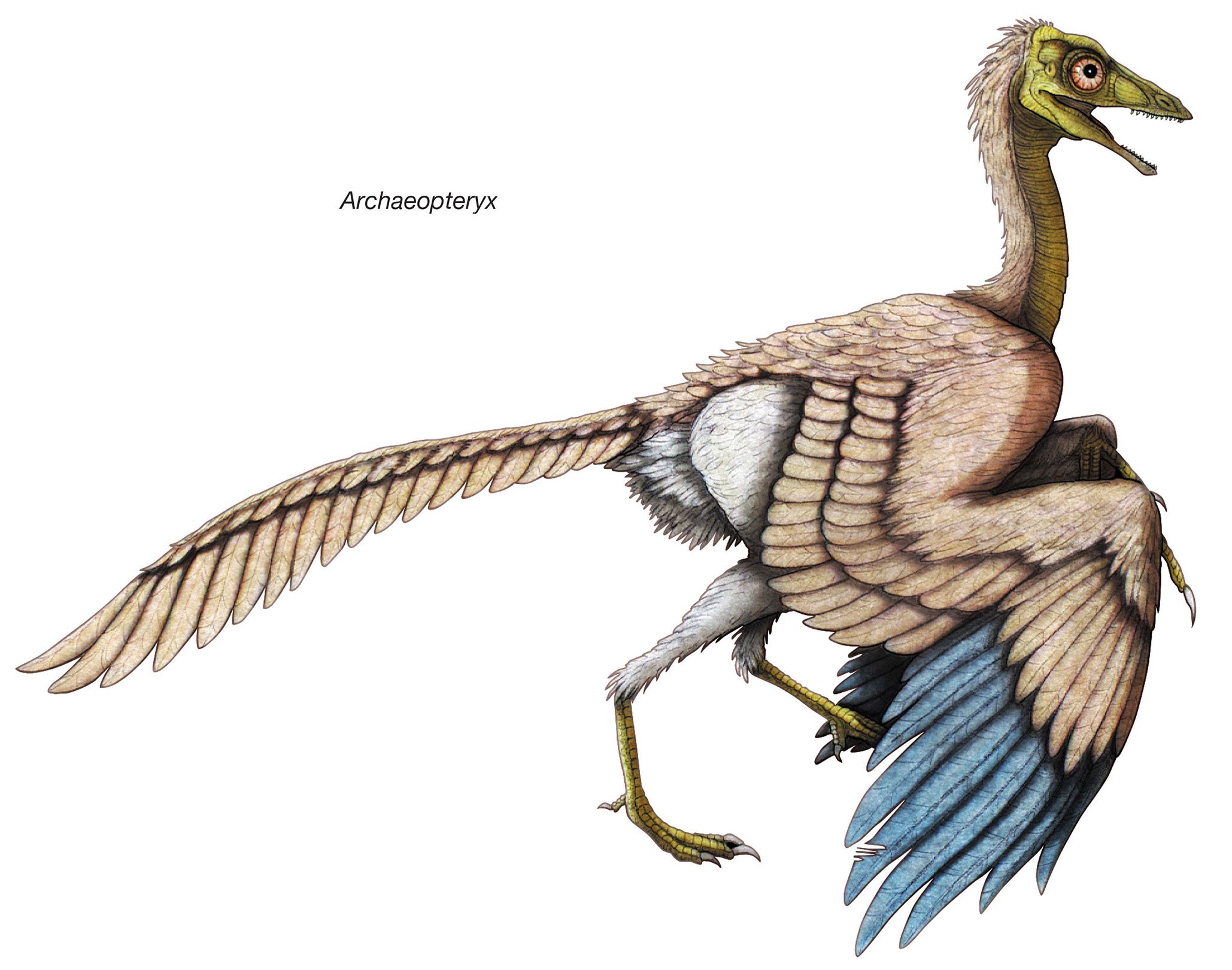The Independent's journalism is supported by our readers. When you purchase through links on our site, we may earn commission.
World's oldest bird Archaeopteryx 'wore feather trousers'

The Earth’s oldest-known bird was a paleontological rock star that sported “feather trousers” on its legs.
Scientists on Wednesday described the best-preserved fossil of Archaeopteryx ever found, which showed that the ancient creature’s plumage was very similar to that of modern-day birds – and that it was capable of flying.
The first Archaeopteryx fossil was unearthed in Bavarian limestone in 1961, evidencing a beast halfway between a dinosaur and a bird.
But this is the first time researchers have been able to gauge a comprehensive view of the organism.
The level of preservation in this latest specimen is due to the fossil's fine-grained limestone, formed in an ancient lagoon. It was found by a private collector in northern Bavaria in Germany.
Archaeopteryx lived 150 million years ago, but its plumage in many ways resembled today's birds.
Writing in the journal Nature, German scientists said that the fossil showed that contour feathers - the basic vaned, quill-like feathers of a bird - covered its entire body up to the head as in modern birds. The shafts of the wing feathers were comparable in strength to those of modern birds, and the plumage of the hind limbs looked like that of modern birds of prey like falcons and eagles.
“Since its first discovery in the 1860s, Archaeopteryx has been the object of many debates in relation to bird evolution, especially flight and feather evolution. There were debates if it was ground-dwelling or arboreal, if it could fly or not,” said paleontologist Oliver Rauhut of the Bavarian State Collection for Palaeontology and Geology in Munich.
Paleontologist Christian Foth of the same institution said some scientists had suggested the vanes of its feathers were too weak to support flight, but the new fossil backs the idea Archaeopteryx was completely capable of flying.
“It retains its status as the Urvogel,” Foth said, using the German word meaning “original bird.”
Birds arose during the Jurassic Period from small feathered bipedal dinosaurs. They were not alone in the skies, which were dominated by flying reptiles known as pterosaurs.
Archaeopteryx was a crow-sized bird with primitive traits like teeth, a long bony tail and the absence of a bony, keeled sternum where flight muscles attach.
The feathers on its legs were quite long but were restricted to the thigh and shank, looking like “feather trousers.” They may have been used for display and to stabilize flight during landing.
Additional reporting by Reuters
Join our commenting forum
Join thought-provoking conversations, follow other Independent readers and see their replies
Comments
Bookmark popover
Removed from bookmarks